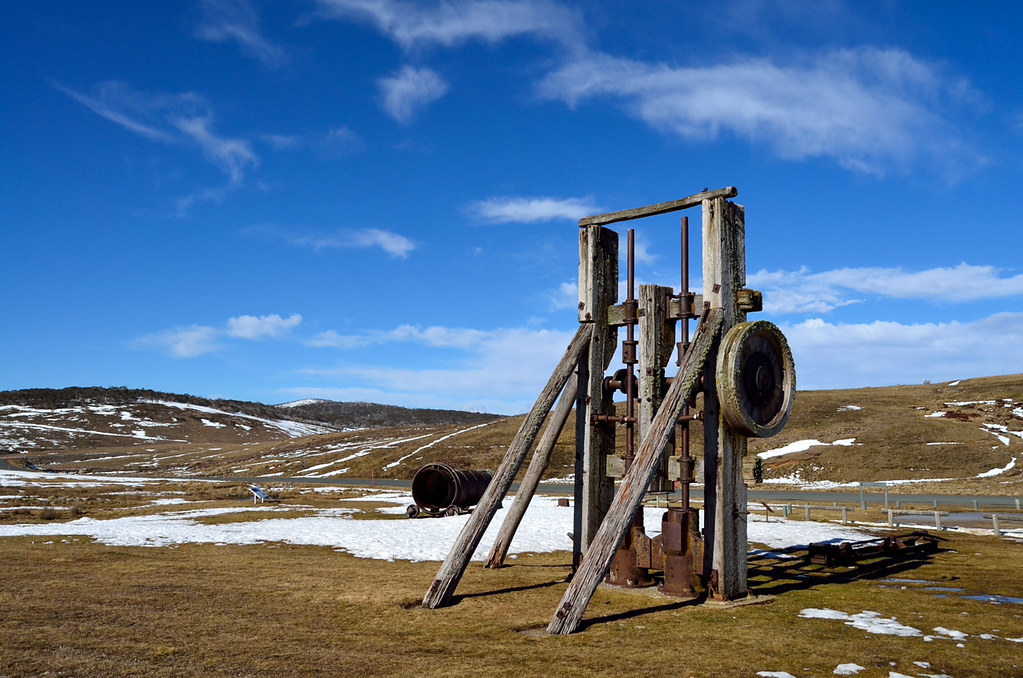BRAVO BANGLADESH!
Bangladesh secures an emphatic eight-wicket victory over Zimbabwe in the fifth one-day match played in Dhaka to clinch the series 3-2. It became only the second team to win a five-match one-day series having been 2-0 down.
Set 199 to win, the match was turned around in Bangladesh's favor between the fourth and eighth overs of the home team's reply as the score leapt from 1-18 to 71 without further loss. The chief destroyers were Aftab Ahmed, who made a spectacular 81(not out) off 87 balls and Mohammad Rafique, who made a dazzling 72 off 66 balls. Bangladesh took only 33 overs to reach the target. Earlier Zimbabwe collapsed from 3/161 to 198 all-out because of miser bowling of the three Bangladesh Spinners (Rafique, Rana & Enamul). Mohammed Rafique became the man of the match and Barney Rogers of Zimbabwe became man of the series.
It was a full house at Banglabandhu Stadium which has probably hosted its last international match today. I am hering sounds of victory processions in the street and sweets are flowing around everywhere. Everybody is excited eventhough the outbursts are limited because of the opposition strike and police actions against processions. This is certainly a new era for Bangladesh cricket.
More excitements at Bangla Cricket.
Bangladesh secures an emphatic eight-wicket victory over Zimbabwe in the fifth one-day match played in Dhaka to clinch the series 3-2. It became only the second team to win a five-match one-day series having been 2-0 down.
Set 199 to win, the match was turned around in Bangladesh's favor between the fourth and eighth overs of the home team's reply as the score leapt from 1-18 to 71 without further loss. The chief destroyers were Aftab Ahmed, who made a spectacular 81(not out) off 87 balls and Mohammad Rafique, who made a dazzling 72 off 66 balls. Bangladesh took only 33 overs to reach the target. Earlier Zimbabwe collapsed from 3/161 to 198 all-out because of miser bowling of the three Bangladesh Spinners (Rafique, Rana & Enamul). Mohammed Rafique became the man of the match and Barney Rogers of Zimbabwe became man of the series.
It was a full house at Banglabandhu Stadium which has probably hosted its last international match today. I am hering sounds of victory processions in the street and sweets are flowing around everywhere. Everybody is excited eventhough the outbursts are limited because of the opposition strike and police actions against processions. This is certainly a new era for Bangladesh cricket.
More excitements at Bangla Cricket.
















